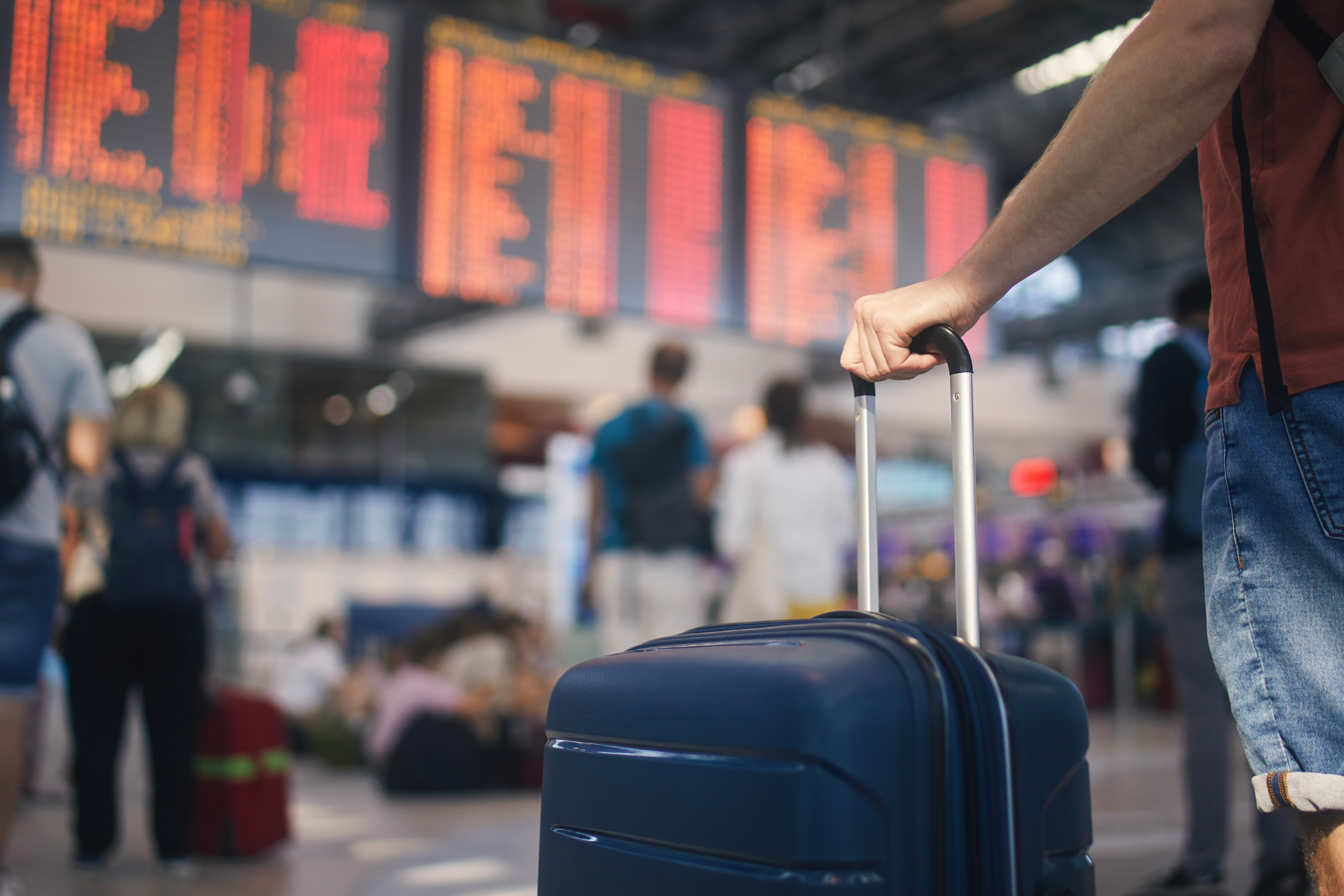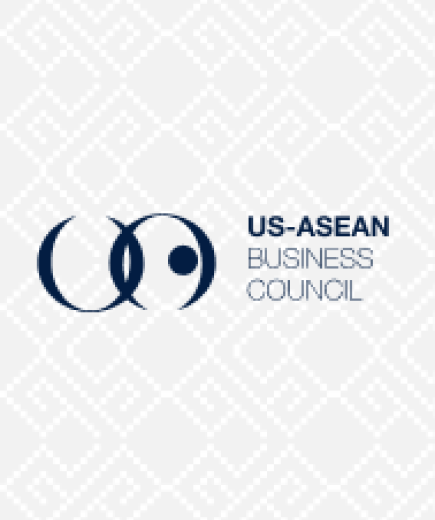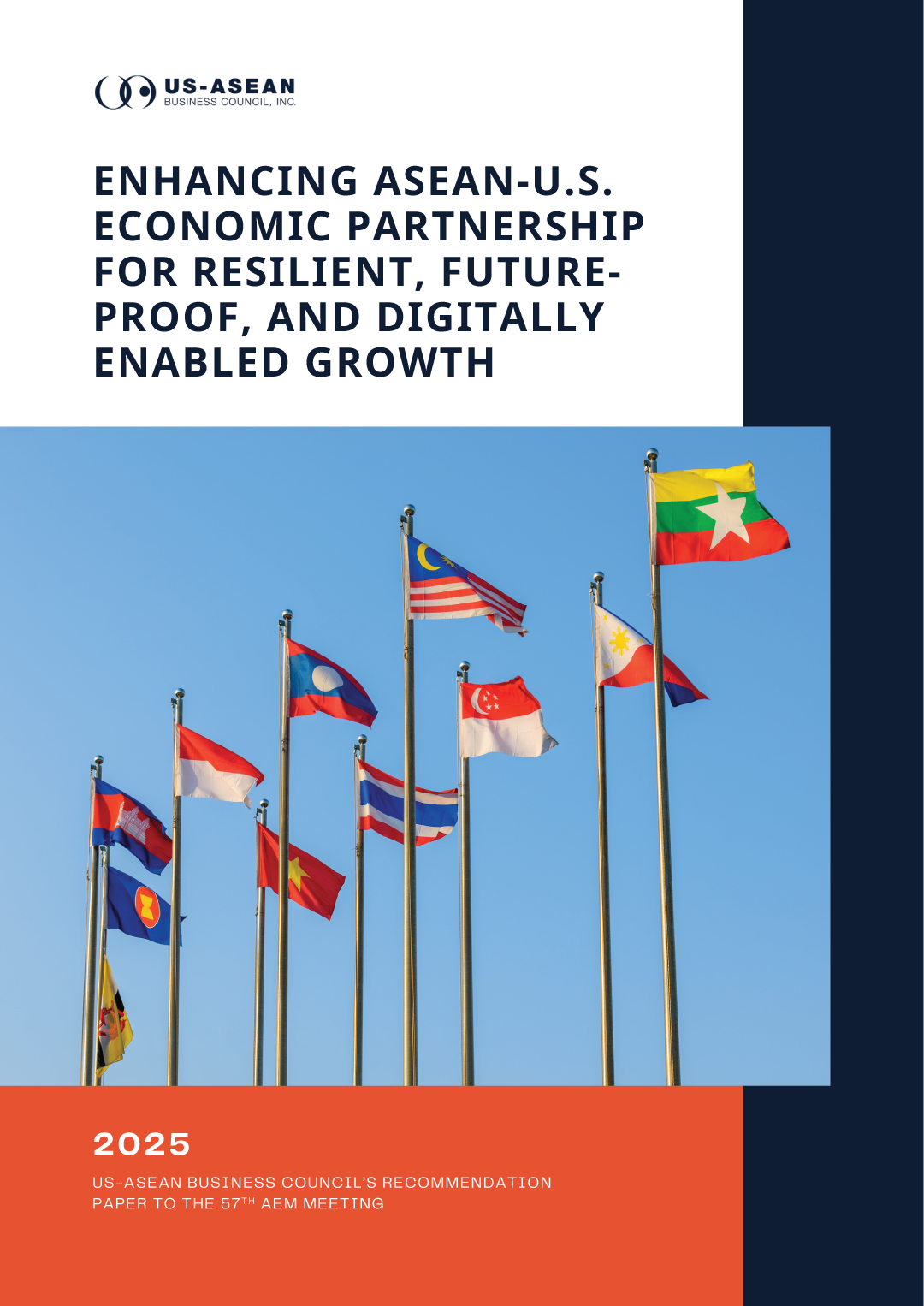Tourism in ASEAN benefits from the easing of COVID-19 policies in China, and expects a strong recovery

A full recovery of ASEAN’s tourism industry is expected to take place in 2024, with current visitor arrivals to the region having reached two-thirds of pre-pandemic levels. Since last year, the industry has faced a strong recovery that is mainly driven by the return of visitors from advanced economies. An ease in COVID-19 policies in China is contributing to the tourism rebound, with the number of visitors from China to Southeast Asian countries continuing to rise back to pre-pandemic levels. However, outbound travel from China is still restrained and is currently at 45% of the levels before the pandemic. In Vietnam, over 146,000 Chinese tourists arrived in May 2023, which represents a 25% increase from the previous month. In Thailand, 1 million Chinese tourists visited from January to mid-May this year, compared to 274,000 in 2022.
Furthermore, the tourism recovery is reinforced by tourist arrivals from other countries such as South Korea, which contributed the largest source of visitors to Vietnam during the first five months of 2023 at over 1.3 million arrivals. For the Philippines, South Korea has also emerged as the top source market, bringing around 1.5 million visitors from January to mid-April of this year. Inbound tourism from within ASEAN itself also contributes to this recovery, such as in the case of Indonesia, where Malaysians made up the highest percentage of tourist arrivals at 15.39% this year. Meanwhile, in the first quarter of 2023, Singapore received the highest number of visitors from Indonesia, which accounted for 523,300 arrivals.
The strong rebound in the tourism sector is also one of the primary drivers of post-pandemic economic growth in the region. Along with the revival of the tourism industry, there is also a growing focus on sustainable tourism, which is expected to further the environmental and socio-cultural impact of tourism in ASEAN.




![Cover-[USABC-Final]-Driving-ASEAN-Unity-Malaysia's-Vision-for-2025](/sites/default/files/2025-07/Cover-%5BUSABC-Final%5D-Driving-ASEAN-Unity-Malaysia%27s-Vision-for-2025.jpg)


